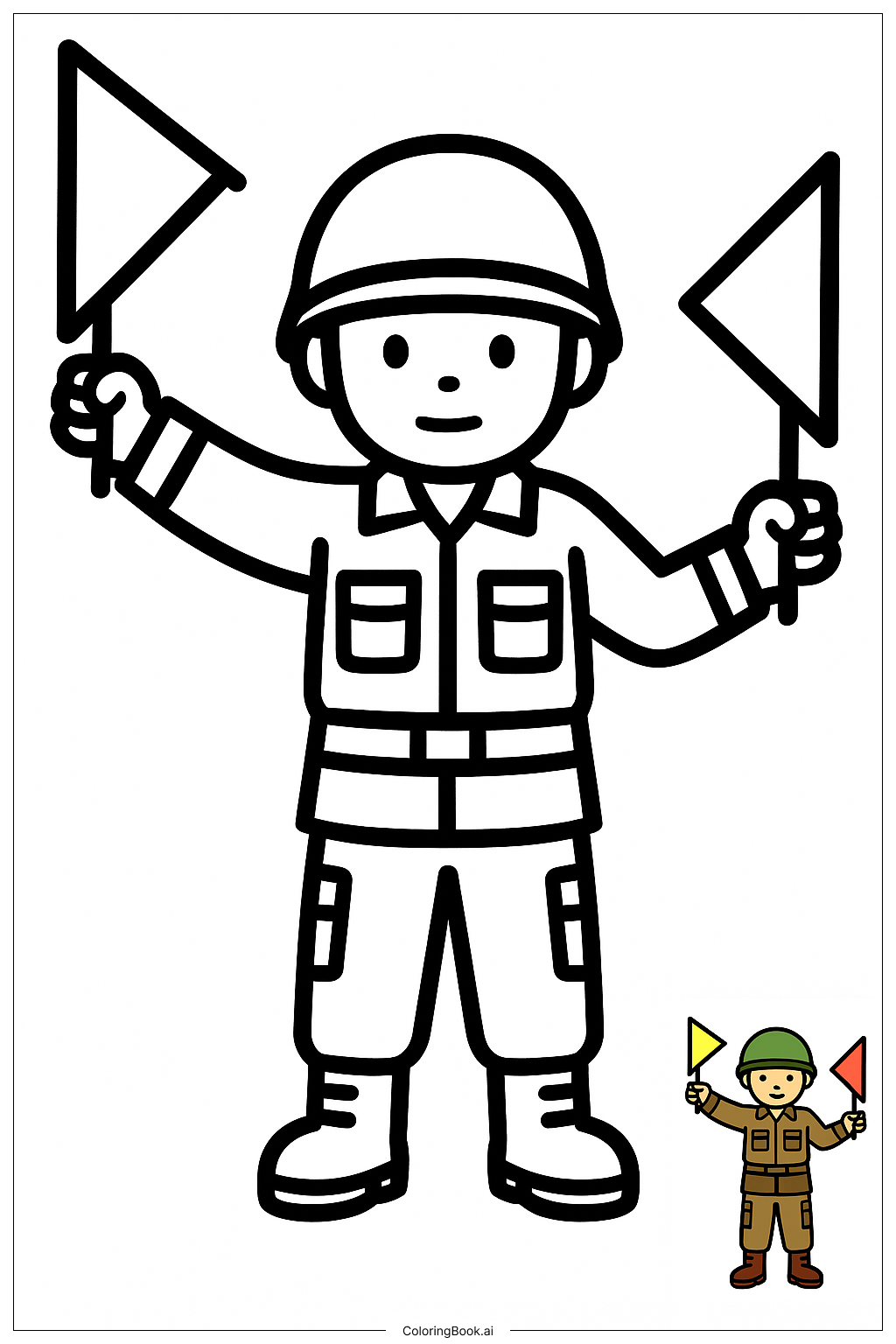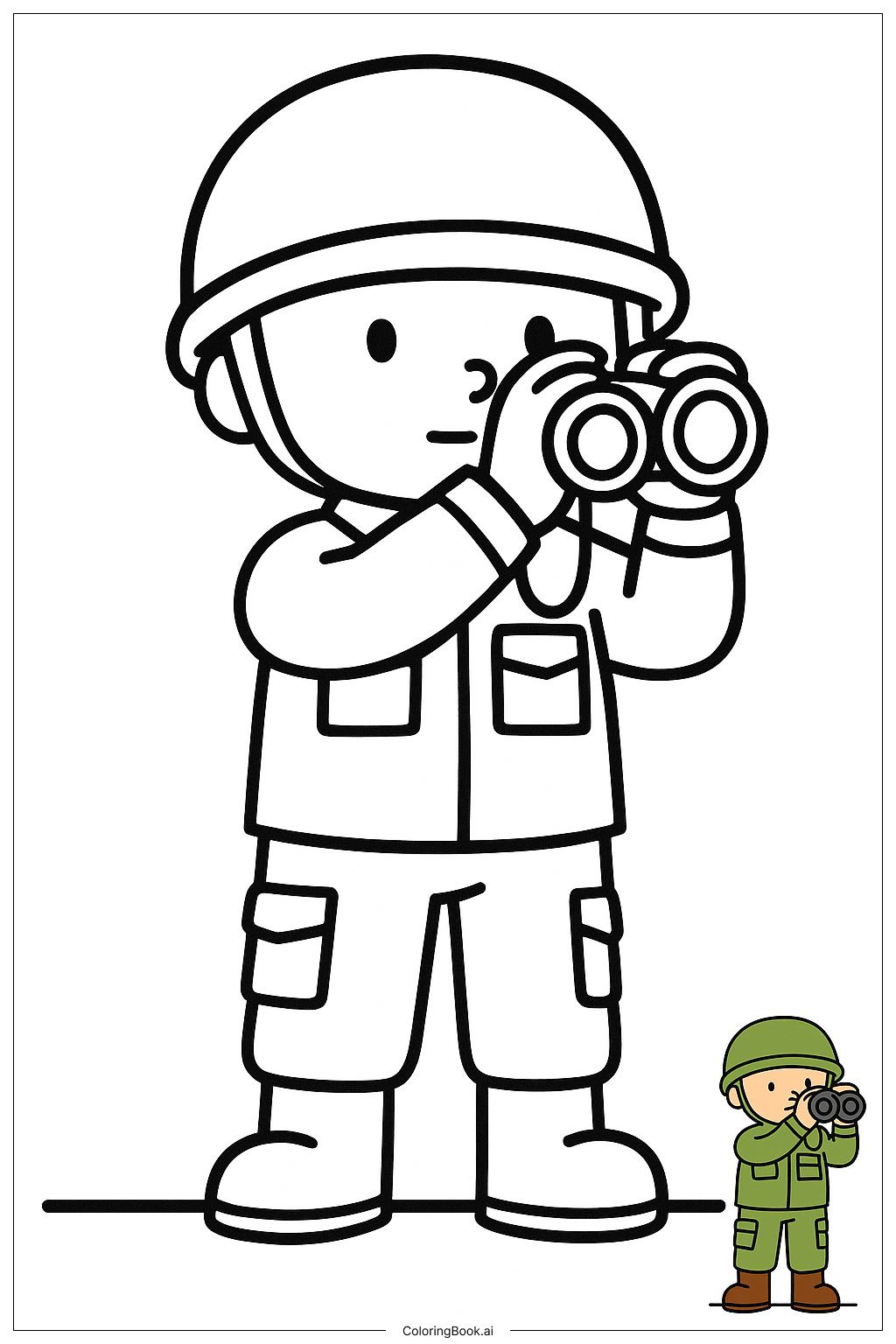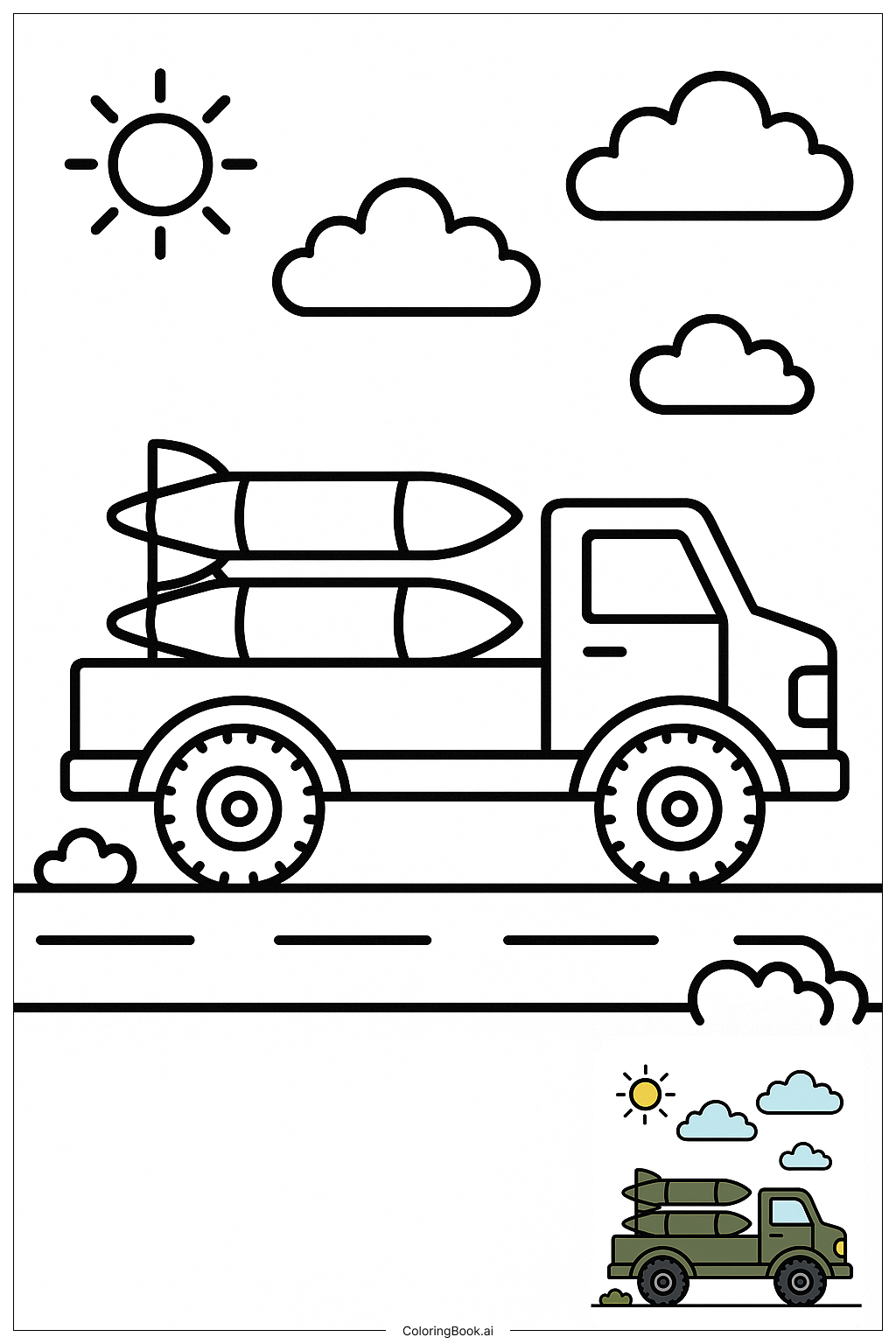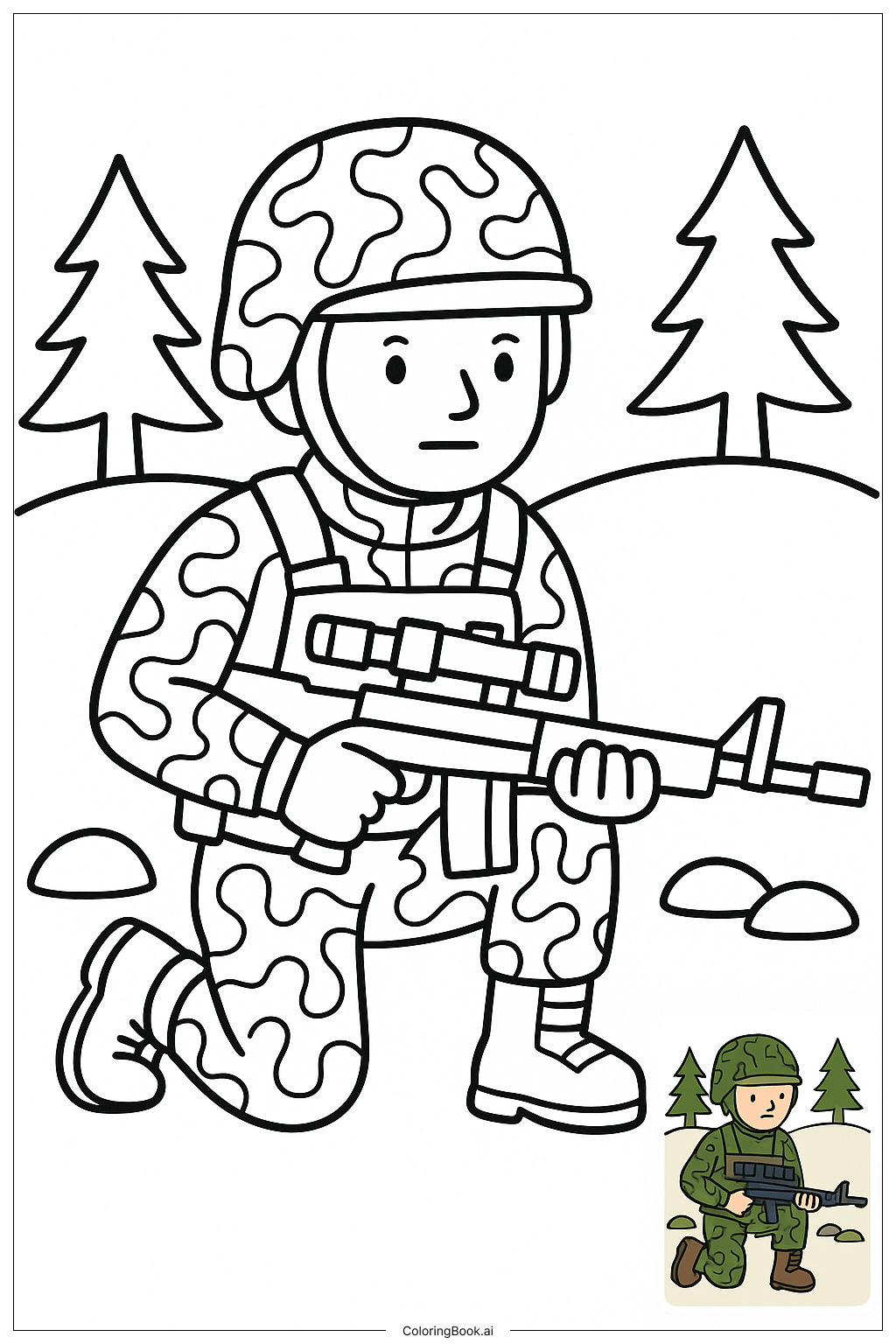Coloring tips: How to color Army Soldier Waving Signal Flag coloring page well?
When coloring the soldier, you can use green or camouflaged colors for the uniform to represent typical army attire. For the skin tone, choose a natural shade. The helmet can be colored in shades of green or brown. The flags are a great spot for creativity; you can use bright colors like yellow and red or even design patterns on them! Don't forget to color the boots in black or dark brown to show their durability. Use crayons, colored pencils, or markers for a vibrant finish.
Coloring challenges: Which parts are difficult to color and need attention for Army Soldier Waving Signal Flag coloring page?
1. Choosing the Right Colors: Kids might find it challenging to select the right shades for the soldier's uniform and accessories. They might not know which colors represent army attire. 2. Small Areas: The soldier has small details on the uniform and the flags. Coloring these tiny spaces can be tricky, leading to potential messiness. 3. Blending Colors: Some children may struggle with blending colors, especially on the flags. They might want to make colorful patterns but may not know how to blend effectively. 4. Staying within Lines: Keeping crayons or markers within the lines can be hard for younger kids. They might color outside the lines, which could lead to frustration. 5. Uniform Details: The soldier's uniform has pockets and folds that need attention. Children might overlook these areas or find it hard to add details like shadows.
Benefits of coloring books: Advantages of drawing Army Soldier Waving Signal Flag coloring page
Coloring this image offers many benefits for kids. First, it enhances their fine motor skills. Kids practice holding coloring tools and controlling their movements. This activity also sparks creativity, allowing children to express themselves through colors and designs. It can foster imagination, encouraging kids to think about army life and teamwork. Coloring helps children relax and concentrate, reducing anxiety. It also encourages decision-making as they choose colors and patterns. Lastly, discussing their choices can improve communication skills, making this activity both fun and educational.




